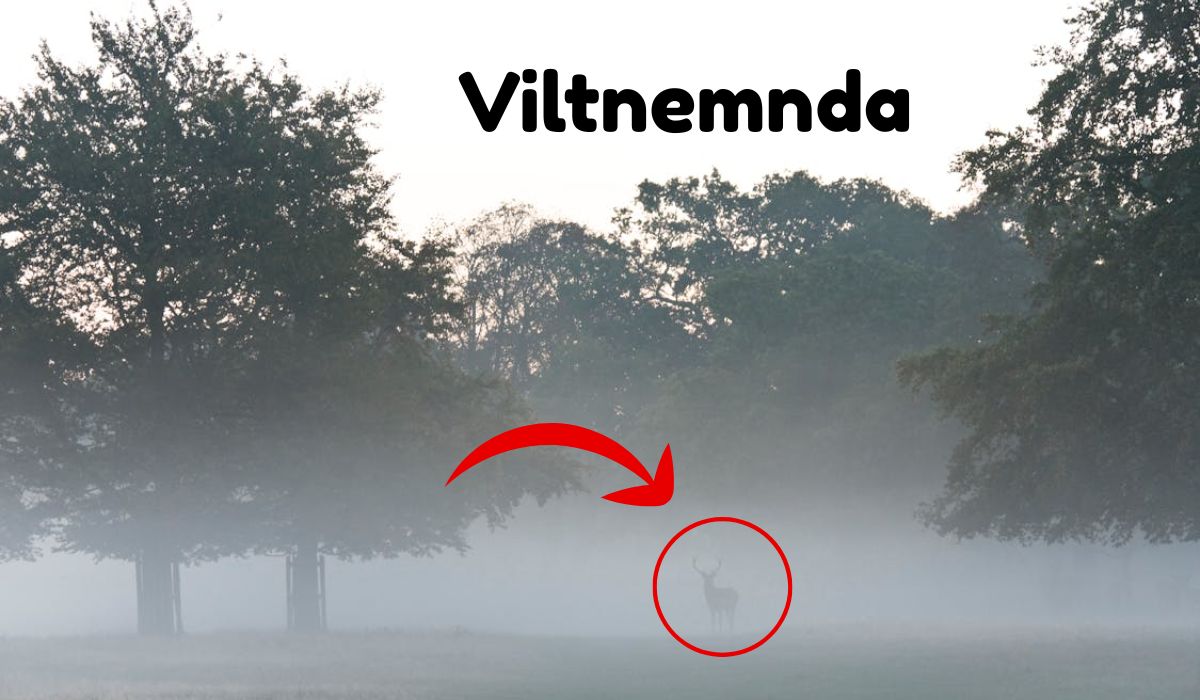Viltnemnda is an essential part of wildlife management in Norway. This municipal wildlife committee plays a crucial role in handling wild animal populations, monitoring hunting activities, protecting endangered species, and maintaining a balance between nature and human activities. In this article, we will explore what Viltnemnda is, its responsibilities, legal framework, wildlife population calculations, and frequently asked questions (FAQs).
What is Viltnemnda?
The term “Viltnemnda“ comes from the Norwegian words vilt (wildlife) and nemnda (committee). It refers to the municipal wildlife management committee that operates at the local level under Norway’s Wildlife Act (Viltloven). Each municipality (kommune) typically has its own Viltnemnd, which acts as a bridge between the local community, landowners, hunters, and national authorities such as the Norwegian Environment Agency (Miljødirektoratet).
Main Responsibilities of Viltnemnda
Viltnemnda has a wide range of duties, which include:
- Population Monitoring
- Keeping track of local wildlife populations (moose, deer, reindeer, beaver, etc.)
- Reporting population trends to higher authorities
- Hunting Quota Management
- Calculating the sustainable number of animals that can be hunted each season
- Issuing hunting licenses (fellingstillatelser)
- Roadkill and Accidents
- Handling cases of wildlife accidents (moose collisions are common in Norway)
- Organizing search and rescue or euthanasia if necessary
- Damage Control
- Managing wildlife damage to crops, forestry, and infrastructure
- Implementing preventive measures
- Public Communication
- Informing the local population about hunting regulations
- Educating about wildlife conservation
Legal Framework
Viltnemnda operates under several key Norwegian laws and regulations:
- Viltloven (Wildlife Act) – The foundation for all wildlife management
- Naturmangfoldloven (Nature Diversity Act) – Ensures sustainable management
- Forskrift om forvaltning av hjortevilt – Regulation for deer and moose management
- Motorferdselloven – Governs motorized hunting and search operations
Wildlife Population Calculation
Population calculations are at the heart of Viltnemnda’s work. To determine hunting quotas, they use statistical models, field observations, and hunting reports.
Example Calculation: Moose Population
Suppose a municipality reports the following data:
- Estimated moose population: 1,200
- Annual population growth rate: 12%
- Sustainable harvest rate: 20% of the population
Step 1: Calculate Population After Growth Population after growth=1200×(1+0.12)=1200×1.12=1344\text{Population after growth} = 1200 \times (1 + 0.12) = 1200 \times 1.12 = 1344Population after growth=1200×(1+0.12)=1200×1.12=1344
Step 2: Calculate Sustainable Harvest Quota=1344×0.20=268.8≈269 moose\text{Quota} = 1344 \times 0.20 = 268.8 \approx 269 \text{ moose}Quota=1344×0.20=268.8≈269 moose
This means Viltnemnda could issue 269 hunting permits for the next season to keep the population sustainable.
Importance of Viltnemnda
- Biodiversity Protection: Ensures no species is overhunted
- Traffic Safety: Reduces accidents involving wildlife
- Economic Balance: Supports hunting tourism and local meat supply
- Ecosystem Health: Maintains balance between predators and herbivores
Challenges Viltnemnda Faces
- Climate change affecting migration and population patterns
- Conflicts between hunters and conservationists
- Increased urbanization leading to more human-wildlife interaction
- Need for real-time data and digital tools for better decision-making
Digital Tools Used
Modern Viltnemnda often use:
- Sett elg data (Moose observation reports)
- Digital maps (GIS) for territory planning
- Mobile apps for hunters to report sightings and kills
- Wildlife cameras for population monitoring
FAQs
1. What animals are managed by Viltnemnda?
Moose, roe deer, red deer, wild reindeer, beaver, and sometimes predators like lynx and wolf.
2. Who can be part of Viltnemnda?
Local representatives, often hunters or landowners with wildlife management knowledge, appointed by the municipal council.
3. Is hunting mandatory when you get a license?
No, but unused licenses are reported to keep data accurate for future quotas.
4. What happens if I hit a moose with my car?
You must immediately call the police (112). Viltnemnda will send a search team to track the injured animal.
5. How often are quotas updated?
Typically every hunting season (annually), but adjustments may occur mid-season if there are abnormal population changes.
6. Can tourists apply for hunting permits through Viltnemnda?
Yes, but usually they must hunt through an approved hunting area and follow Norwegian hunting laws.
Conclusion
Viltnemnda plays a vital role in maintaining sustainable wildlife populations, ensuring public safety, and supporting local economies through controlled hunting. Their work is a perfect example of how local governance and science-based decisions can coexist to protect nature while meeting human needs.
By calculating populations, issuing licenses, and managing accidents, Viltnemnda ensures that Norway’s wildlife heritage is preserved for future generations.

